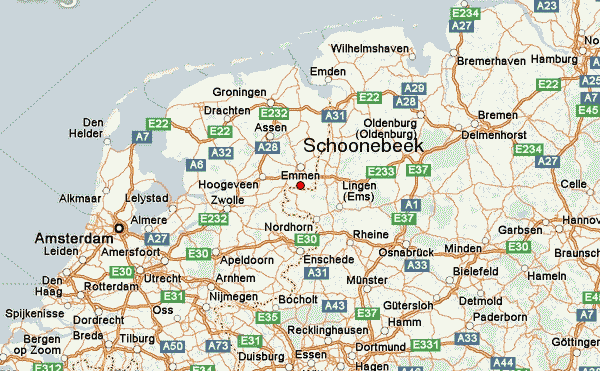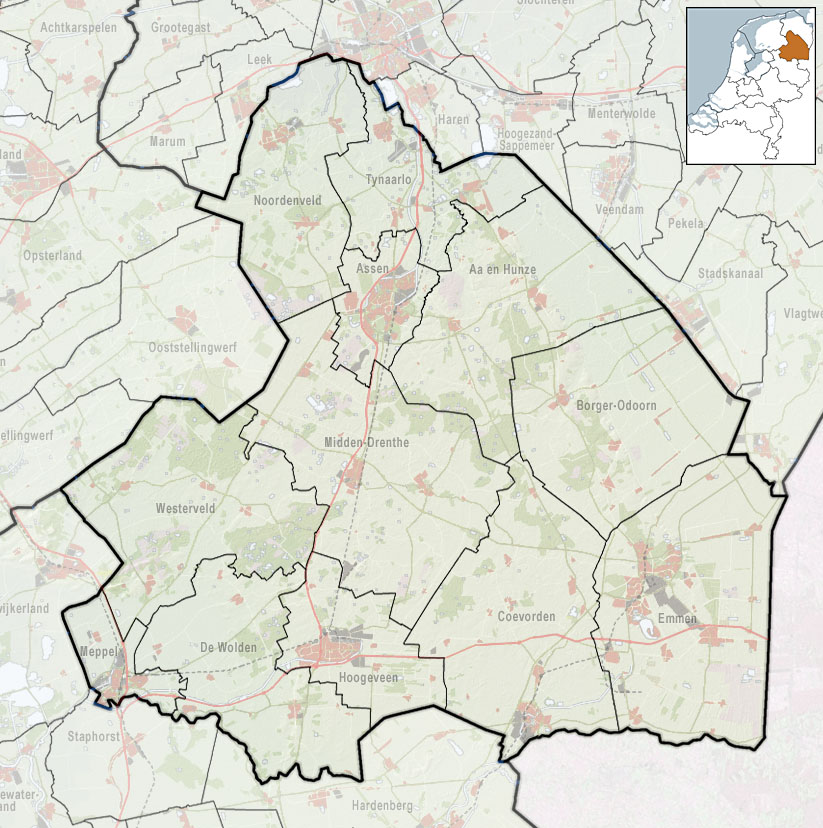Deleted member 1487
We've discussed the Schoonebeek oil field on the Dutch-German border before in context of it already being operational in 1940:
https://www.alternatehistory.com/discussion/showthread.php?t=300285&highlight=schoonebeek
https://nl.wikipedia.org/wiki/Schoonebeek#Aardolie
https://nl.wikipedia.org/wiki/Nederlandse_Aardolie_Maatschappij
It was able to produce about 250 million barrels out of 1 billion in place before become unprofitable from its development after world war 2. It was discovered in 1943, but was hidden and not developed until 1947.
However assuming it were discovered in 1940 after the German invasion, how long would it take to actual make productive in a serious way during the war? In 1942 supposedly the Germans were busy drilling all over the place to find more oil in Europe and as a result didn't have many men to send to Maykop to get that oilfield back into service after it was captured; assuming Schoonebeek was discovered in the meantime and the full weight of the limited Axis petroleum industry was thrown at making it operational, how long would it take to produce major amounts of oil? It seems that with the post-war 1947 start date within 2 years it was producing half of peak output and by 1950 was production 7-800,000 tons per year. It took until 1955 to peak in output at about 1.1 million tons per year and dropped off after that.
It should be noted that 1938 Germany was using 44 million barrels of oil in that year; there are 7.3 barrels per ton, which means a little more than 6 million tons of oil were used pre-war in Germany. Even 500,000 tons of oil per year, achieved within two years of Schoonebeek coming online post-war, would equal 3.65 million barrels of oil a year, which was as much as Germany was producing domestically prior to the annexation of Austria. Though this was only about 10% of synthetic oil production per year by 1943, it would have a major impact on fuel supplies, but was that actually achievable in wartime? Would an even quicker exploitation have been possible had the Axis put in all their resources into exploiting the field as quickly as possible?
Would its discovery and significant exploitation by 1942/3 have precluded the Caucasus campaign of 1942 or would the exploitation have taken too long?
Source for German oil supply details:
http://www.airpower.maxwell.af.mil/airchronicles/aureview/1981/jul-aug/becker.htm
http://wiki.answers.com/Q/How_many_Barrels_per_metric_ton_of_crude_oil
https://www.alternatehistory.com/discussion/showthread.php?t=300285&highlight=schoonebeek
https://nl.wikipedia.org/wiki/Schoonebeek#Aardolie
https://nl.wikipedia.org/wiki/Nederlandse_Aardolie_Maatschappij
It was able to produce about 250 million barrels out of 1 billion in place before become unprofitable from its development after world war 2. It was discovered in 1943, but was hidden and not developed until 1947.
However assuming it were discovered in 1940 after the German invasion, how long would it take to actual make productive in a serious way during the war? In 1942 supposedly the Germans were busy drilling all over the place to find more oil in Europe and as a result didn't have many men to send to Maykop to get that oilfield back into service after it was captured; assuming Schoonebeek was discovered in the meantime and the full weight of the limited Axis petroleum industry was thrown at making it operational, how long would it take to produce major amounts of oil? It seems that with the post-war 1947 start date within 2 years it was producing half of peak output and by 1950 was production 7-800,000 tons per year. It took until 1955 to peak in output at about 1.1 million tons per year and dropped off after that.
It should be noted that 1938 Germany was using 44 million barrels of oil in that year; there are 7.3 barrels per ton, which means a little more than 6 million tons of oil were used pre-war in Germany. Even 500,000 tons of oil per year, achieved within two years of Schoonebeek coming online post-war, would equal 3.65 million barrels of oil a year, which was as much as Germany was producing domestically prior to the annexation of Austria. Though this was only about 10% of synthetic oil production per year by 1943, it would have a major impact on fuel supplies, but was that actually achievable in wartime? Would an even quicker exploitation have been possible had the Axis put in all their resources into exploiting the field as quickly as possible?
Would its discovery and significant exploitation by 1942/3 have precluded the Caucasus campaign of 1942 or would the exploitation have taken too long?
Source for German oil supply details:
http://www.airpower.maxwell.af.mil/airchronicles/aureview/1981/jul-aug/becker.htm
http://wiki.answers.com/Q/How_many_Barrels_per_metric_ton_of_crude_oil

